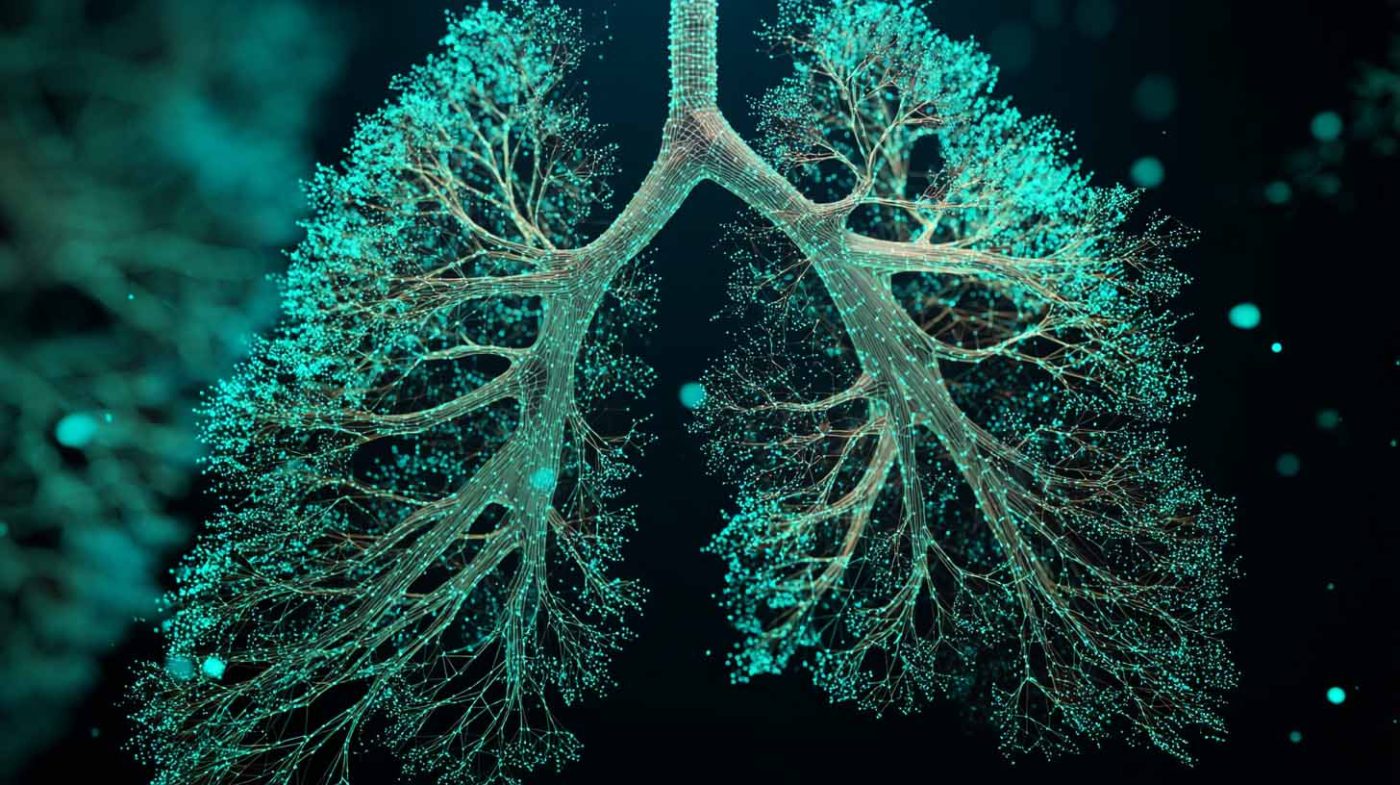People living with chronic obstructive pulmonary disease (COPD) are more likely to develop lung infections, such as pneumonia. Those infections can sometimes trigger sepsis, the body’s life-threatening response to infection. Recognizing symptoms early—and acting fast—can save a life. Sepsis-COPD-2023
Quick refresher: What is COPD?
COPD is a chronic, progressive lung disease (often emphysema and/or chronic bronchitis) marked by inflamed, narrowed airways and excess mucus that make breathing hard. It’s a leading cause of disability and death, commonly linked to tobacco smoke and air pollution; frequent infections and family history can contribute, too. Typical symptoms include shortness of breath, chronic cough, sputum (phlegm), and wheezing. Certain groups—including adults 65–74, women, people with lower incomes or less formal education, and current/former smokers—face higher risk. Sepsis-COPD-2023
Infection vs. Sepsis—what’s the difference?
- Infection happens when germs enter the body and multiply, causing illness and tissue damage. With COPD, even “small” respiratory infections can worsen quickly. Sepsis-COPD-2023
- Sepsis is the body’s overwhelming, toxic response to an infection anywhere in the body. It can lead to organ failure and death if not treated urgently. Sepsis is a medical emergency. Sepsis-COPD-2023
The “T.I.M.E.” warning signs of sepsis
Watch for any of the following and seek emergency care immediately:
- T – Temperature: Higher or lower than normal
- I – Infection: Known or suspected infection
- M – Mental decline: Confusion, sleepiness, hard to rouse
- E – Extremely ill: Severe pain/discomfort, shortness of breath
If you suspect sepsis, call emergency services right away. Sepsis-COPD-2023
read more: Sepsis & Diabetes: What Every Patient and Caregiver Should Know
Why COPD increases sepsis risk
COPD damages airways and impairs lung defenses, making infections more frequent and more severe. Breathlessness can also make cooking and eating difficult, which may lead to poor nutrition; fatigue and sleep problems reduce activity levels—factors that can further weaken resilience to infection. Sepsis-COPD-2023
Day-to-day prevention for people with COPD
- Don’t smoke; avoid secondhand smoke and pollution. Sepsis-COPD-2023
- Vaccinate: Stay up to date on influenza and pneumococcal vaccines to lower the risk of respiratory infections. Sepsis-COPD-2023
- Follow your treatment plan: Take prescribed bronchodilators and inhaled corticosteroids; use supplemental oxygen if ordered. Sepsis-COPD-2023
- Build strength and lung capacity: Gentle activity, deep-breathing exercises, and pulmonary rehab strategies help. Sepsis-COPD-2023
- Hand hygiene: Wash hands frequently; clean high-touch surfaces. Sepsis-COPD-2023
- Eat well: Aim for balanced nutrition to support immunity and recovery. Sepsis-COPD-2023
What to do if you get sick
- Act early. New or worsening cough, more sputum, change in sputum color, fever or chills, chest tightness, or increased shortness of breath? Call your clinician—don’t wait. Sepsis-COPD-2023
- Start your action plan. Many COPD care plans include “rescue” steps (e.g., quick-relief inhalers, oral steroids/antibiotics when prescribed). Follow your instructions exactly. Sepsis-COPD-2023
- Track and hydrate. Note temperature, breathing rate, oxygen readings (if you use a pulse oximeter), and fluid intake. Worsening trends = escalate care. Sepsis-COPD-2023
- Know when it’s an emergency. If you see T.I.M.E. signs of sepsis—or you’re extremely short of breath or hard to wake—seek emergency care immediately. Sepsis-COPD-2023
Caregiver checklist
- Keep an updated medication and vaccine list handy. Sepsis-COPD-2023
- Learn the person’s baseline (their usual breathing, cough, sputum, energy, appetite) and watch for changes. Sepsis-COPD-2023
- Encourage hand hygiene, masks during peak illness seasons, and smoke-free environments. Sepsis-COPD-2023
- Have transportation and emergency contacts ready; know which urgent care or ER you’ll use if symptoms escalate. Sepsis-COPD-2023
Disclaimer
This article is for education only and does not replace medical advice. COPD and sepsis can worsen quickly. If you notice severe symptoms—or any T.I.M.E. red flags—seek emergency care immediately and follow your clinician’s instructions. Sepsis-COPD-2023
Source
Sepsis Information Guide – Sepsis and COPD (©2023 Sepsis Alliance).
- The HOPE Note: Transforming Primary Care with Integrative Health
- Essential Guide to LGBT Caregiving: Challenges, Steps & Resources
- Carrying on a Legacy of Love: The “Bread Run” with Sister Joyce and The Crew
- Stop the Bite: Bedbug Detection, Prevention, and Treatment
- Common Warning Signs of Mental Health: A Guide for Families and Caregivers


